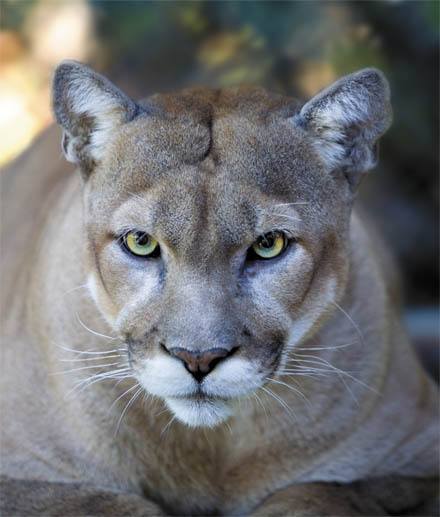Birds, butterflies, beavers, wildflowers and frogs — could their survival possibly be connected to top predators such as the wolf and cougar?
A new documentary examines this seemingly counter-intuitive concept
— something scientists in growing numbers are beginning to explore. When “apex predators” are missing, the film suggests, a natural system begins to unravel, while their return coincides with the rebirth of a much healthier ecosystem.
The feature-length doc-
umentary, “Lords of Nature:
Life in a Land of Great Predators,” will show Satur-day at Vashon Theatre in an event benefitting Wolftown, the nonprofit that houses and rehabilitates wild animals and apex predators on Vashon’s south end. Wolftown is funded wholly on donations and has struggled to stay afloat in the difficult economic times.
Following in the footsteps of wolves and cougars and the scientists working to understand their place in the rapidly changing world of nature, filmmakers Karen and Ralf Meyer of Green Fire Productions have captured the predators’ ongoing drama as well as scientists’ growing understanding of their significance in an ecosystem.
Narrated by Peter Coyote, the film takes viewers to the heart of predator country: the Yellowstone plateau, the canyons of Zion, the farm country of northern Minnesota and the rugged open range of Idaho — places recently resettled by animals that communities once worked hard to banish.
Here scientists discover these top carnivores as revitalizing forces of nature, keystone species whose presence in sufficient numbers appear to be dramatically reversing the slow decline of America’s West.
“Lords of Nature” starts by tracing the path of legendary naturalist and writer Aldo Leopold, whose 1949 book “A Sand County Almanac” first articulated the powerful need to protect the web of life. What Leopold warned of 60 years ago, biologists from around the world now confirm: A land lacking its top predators is subject to decay, while one with the great beasts in sufficient numbers is far more diverse and resilient.
In Yellowstone National Park, for instance, the filmmakers visited an area recently inhabited by wolves after a 70-year absence and found a chain of life flourishing. Stream banks are again cloaked with willow, now that wolves are helping to keep elk and deer populations in check — and those willows, in turn, are providing habitat for beavers and songbirds, enabling them to return in healthy numbers.
Scientists are finding a similar story in the canyons of Zion, according to the film — flowers and trees, butterflies, frogs and fish flourishing because of the return of the cougar.
The filmmakers also explore the changing relationship between human communities and natural ones.
They traveled to Min-nesota, where 3,000 wolves — more than any other state in the Lower 48 — now live. There, the husband-and-wife film team met livestock producers raising sheep and cattle alongside their wild neighbors and hunters who view their fellow predators with caution and respect.
“What I learned while making ‘Lords of Nature’ is that it is time to rethink the way we look at the world,” said Karen Meyer. “Increasing the resiliency of wildlife and ecosystems is critical, and to do this, we need to ensure we have healthy populations of top predators on land and in the sea.”
See the documentary
Wolftown and Vashon Theatre will host the Vashon premiere of “Lords of Nature” at 1:30 p.m. Saturday, Aug. 29, at the theater. This is a free event, though donations for Wolftown will be appreciated. The screening will be followed by an audience question-and-answer session with a panel of experts.


